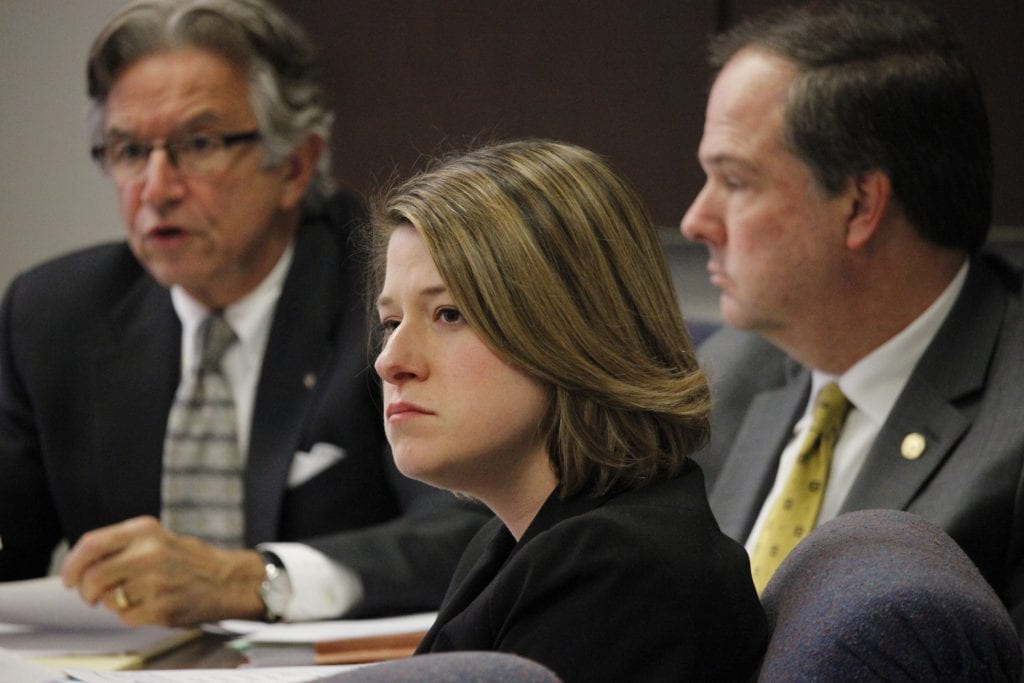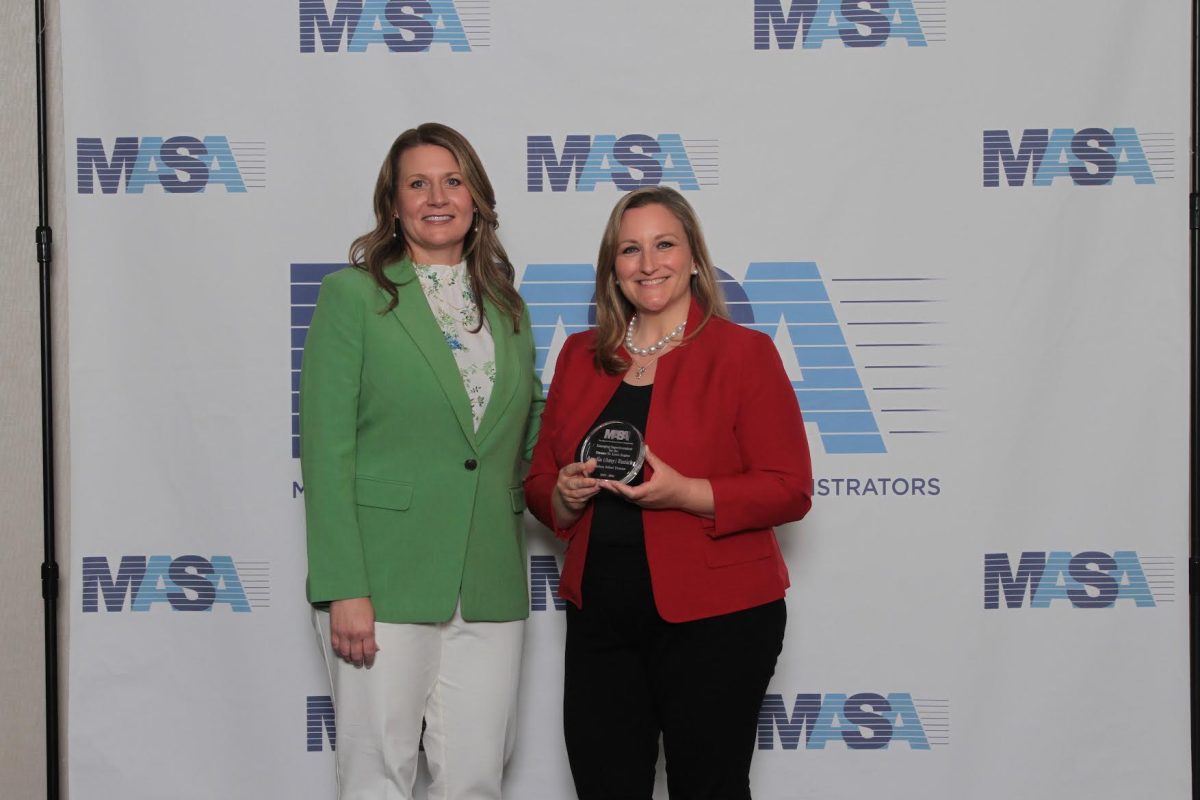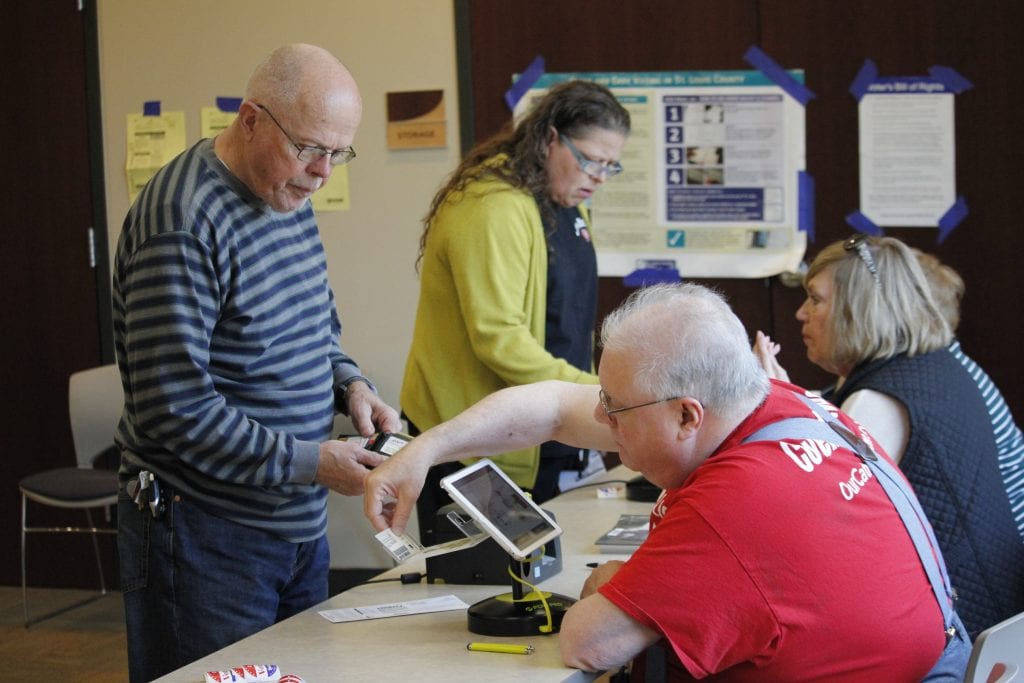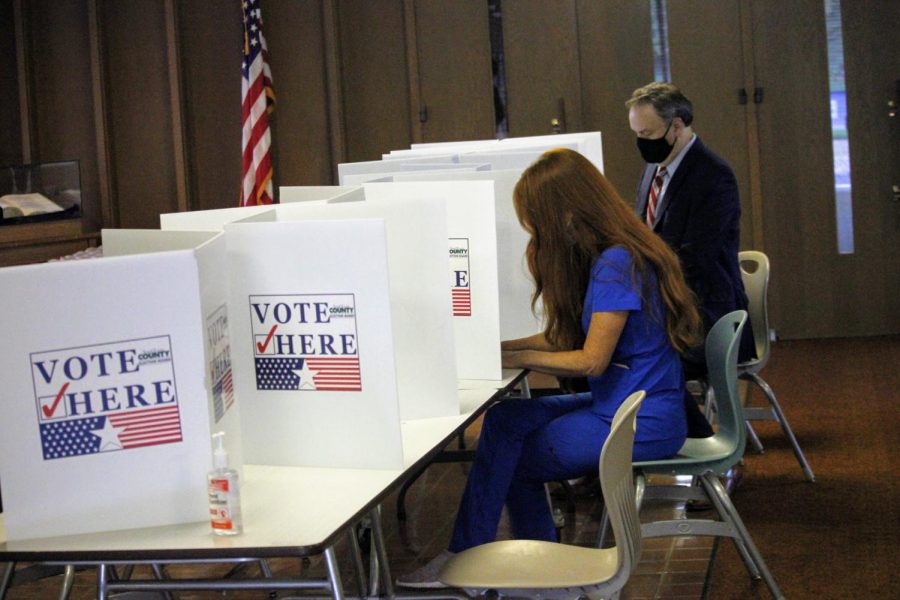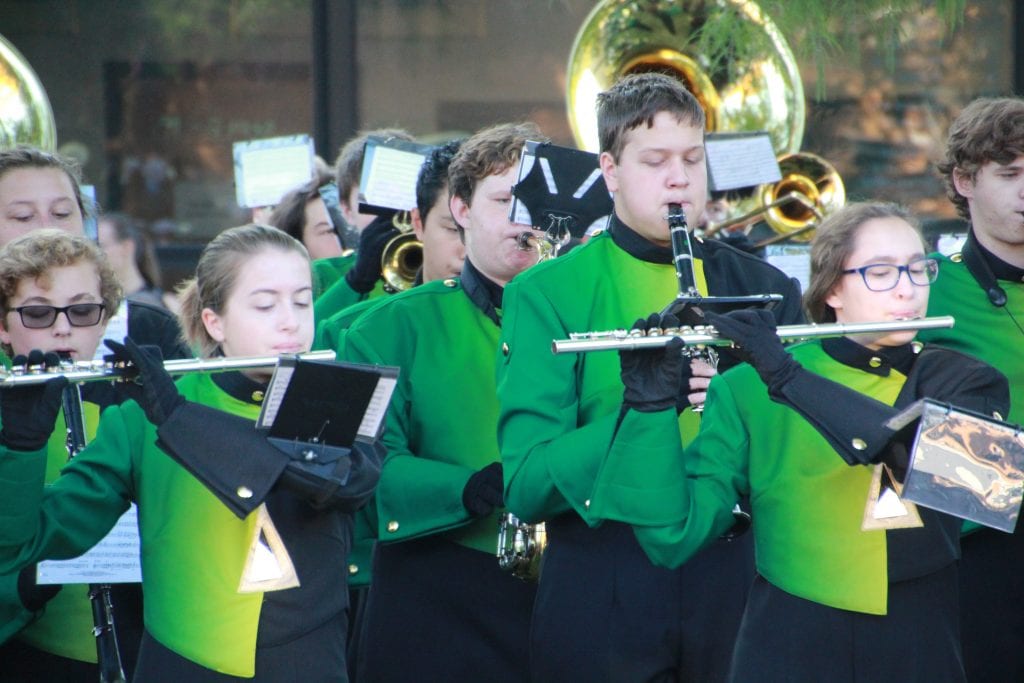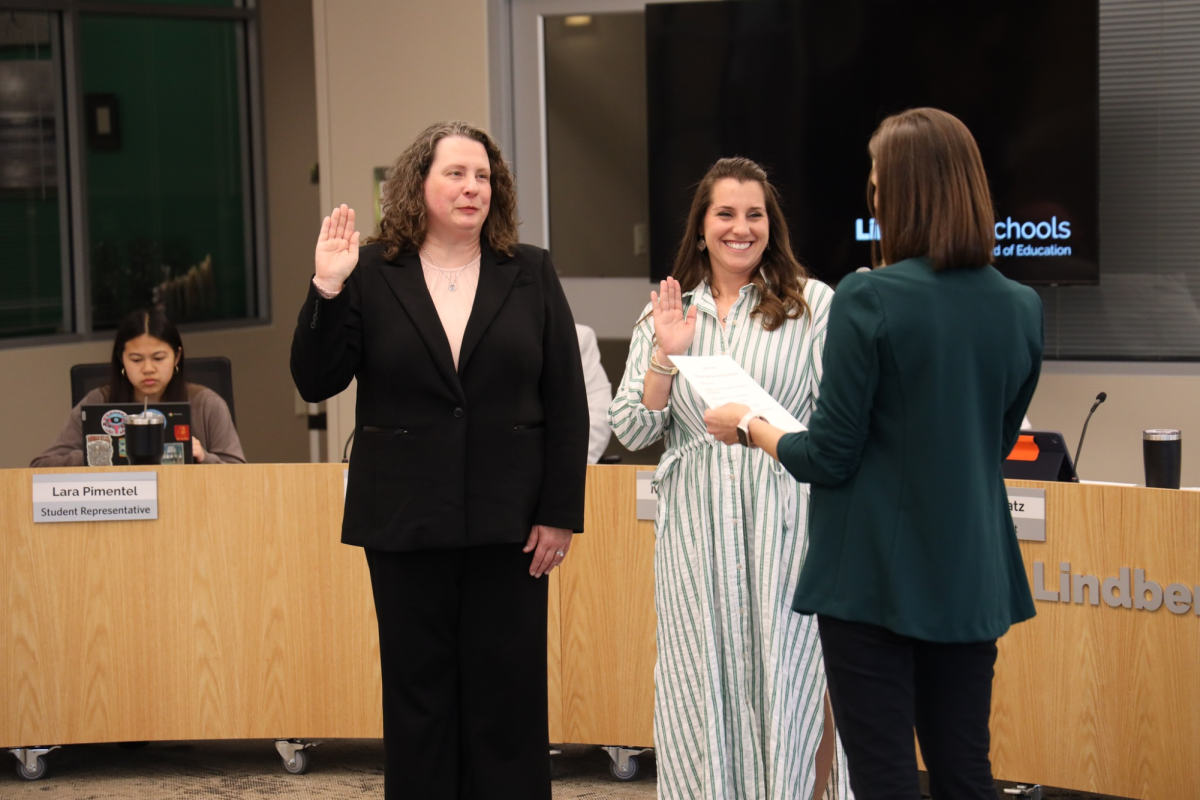This is the second article in a two-part series about a potential Mehlville School District bond issue. See the first article in this two-part series here.
The Mehlville Board of Education will consider placing a no-tax rate-increase measure on the ballot Nov. 3 when it meets next week, following the conclusion of an 18-month facilities study around the school district. The board meets Thursday, July 16.
The ballot measure, which could include money for operations and a bond issue for Mehlville School District facilities, would extend up to 45 cents of the 49-cent Proposition P tax-rate increase approved in 2000 for facilities that could otherwise sunset in 2022.
In January 2019, a Facilities Steering Committee composed of nearly 40 parents, teachers and residents began touring 18 of the district’s 19 schools — all except the district’s oldest building, the Witzel Learning Center, which isn’t a priority for upgrades.
The committee prioritized future facility needs using those experiences and surveys of teachers, parents and students from each school. The group identified more than $237 million in projects, although many were “wants” rather than needs, Superintendent Chris Gaines told the board at its June 25 meeting held by videoconferencing.
Among the requests was a complete rebuild of Beasley Elementary School.
“So that $237 million number is high… It would take an 80-cent bond issue to fund all of it,” said Gaines.
The Facilities Steering Committee ultimately narrowed its priorities to just under $40 million in projects as of June 4, the bulk of which centers around safety upgrades at $10.2 million.
Other priority projects identified include $9.6 million in “other,” $8.9 million in HVAC, $5.5 million in roofing, $2.8 million in restrooms, $1.9 million in Americans with Disabilities Act compliance and $900,000 for parking upgrades.
When the Mehlville School District first began as a combination of smaller districts in the 1950s, the district used cyclical bond issues every year or every other year to cover facility investments. The last bond issue passed by voters was in 1992; others failed to pass in 1995, 1999 and twice in 1998. Bond issues require a higher threshold of approval from voters — a 57-percent majority that Mehlville traditionally had trouble attaining.
Given that history, the decision was made leading up to the presidential election in November 2000 to ask for an operational tax-rate increase, Proposition P, that would fund bond-like certificates for facilities since that required a lower voter threshold to pass. Those only require votes from 50 percent plus one. Voters approved Prop P, which built Bernard Middle School and a new Oakville Elementary School and airconditioned every classroom in the district, among other projects.
“The last time the district made a significant investment in facilities, Bill Clinton was president,” said Gaines. “That’s been awhile.”
Current funding for capital needs comes from Proposition R for Restore, a 49-cent operational tax-rate increase approved by voters in November 2015 that brings in roughly $9.5 million annually with about $1.75 million of that reserved for capital needs, along with Proposition A for AC, a 4-cent no-tax-rate-increase tax transfer to fund roofs and HVAC which was approved by voters in April 2016 and will sunset in 2026.
The district also has a dedicated “410” fund for capital needs that comes from operating money, but Gaines said contributions from that fund were insignificant compared to the dedicated taxes approved by voters in recent years.
“Years of disinvestment or what I would call lack of investment, has caused… a backlog of projects, but thankfully with Prop R and Prop A, and what little we put in the 410 fund, we’re now able to kind of stay steady,” Gaines said. “We’re not really catching up, but we’re not falling further behind. At least not yet.”
Some of the priorities identified by the Facilities Steering Committee are already slated to be completed under Prop R, Prop A and the regular capital fund.
Eight projects are currently scheduled under Prop A, which means roughly $3.4 million could be taken out of the $40 million in needs identified by the committee.
Three projects are slated to be funded by Prop R money, taking another $2 million from the $40 million, along with some money from the 410 fund.
With previously scheduled projects under Prop A, Prop R and the 410 fund removed from the list of possible projects, the $34.24 million in identified needs equates to an 11-cent bond issue that would require four-sevenths voter approval.
Once the existing bond-like certificates from Prop P — called certificates of participation or COPs — are paid off in 2022, the district has the option to ask voters if they want to funnel 11 cents or any other number from the 45 cents of the current Prop P tax levy into facilities investments, while using the remainder of the levy to continue funding operations. One plan calls for roughly 11 cents for a $34 million bond issue and 34 cents or $6.1 million toward annual operations.
Additionally, the district can ask for a straight 11-cent or higher no-tax-rate increase measure, keeping the full 45 cents on the operations side once the certificates are paid off.
These figures are not final, Gaines told The Call, but his recommendation to the board at the upcoming July 16 meeting will have the final numbers.
A November vote would require a decision by August, or the April 2021 ballot would require a decision by January.
“Or, as always, we can just do nothing and just keep on going, which essentially means we can do no investment in facilities and about a $9 million investment on the operation side,” said Gaines. “What I’ve come to learn over years of doing this is that no matter what we decide, at some point in the future people are going to think it was a stupid decision…. What I’ve also figured out over the years is that the people who were in the position to make decisions when those decisions were made probably thought those were the best decisions for the district at the time.”
As recently as June 10, the future of a bond issue for Mehlville seemed as uncertain as the school district’s finances in light of COVID-19 and subsequent cuts to education funding from the state budget.
Chief Financial Officer Marshall Crutcher had said at a June 10 Finance Committee meeting that the “dust still needed to settle” before he felt it would be wise for a decision to be made on a bond issue, warning that once the lease is paid off, the 45 cents might have to be used to cover any kind of operational deficit.
However, at the June 25 board meeting, Crutcher said that he felt better about the future of the district’s finances than he had two weeks prior — due to the “dust settling” and because cash reserves will allow the district to ride out the downturn without any large educational cuts.
“One thing that we need to make sure that we stress is the fact that with Prop A and Prop R we’ve been fiscally responsible and can prove that,” said new board member Jeff Wolman, in his second meeting. “We just need to remind people this is one more fiscally responsible scenario we’re going to move forward with.”
The board also discussed when to place the measure on the ballot, with November achieving an overall consensus because it will draw a larger turnout in a presidential election year. Additionally, if the measure fails in November, it can be placed on the ballot in April 2021 for another chance. Board President Kevin Schartner said he is concerned that with COVID-19, the message won’t get out that “this is not a tax increase” if the district moves ahead.
“So the November one concerns me a bit unless there is a pretty solid plan to communicate this all out to people and why a bond makes sense,” said Schartner.




















